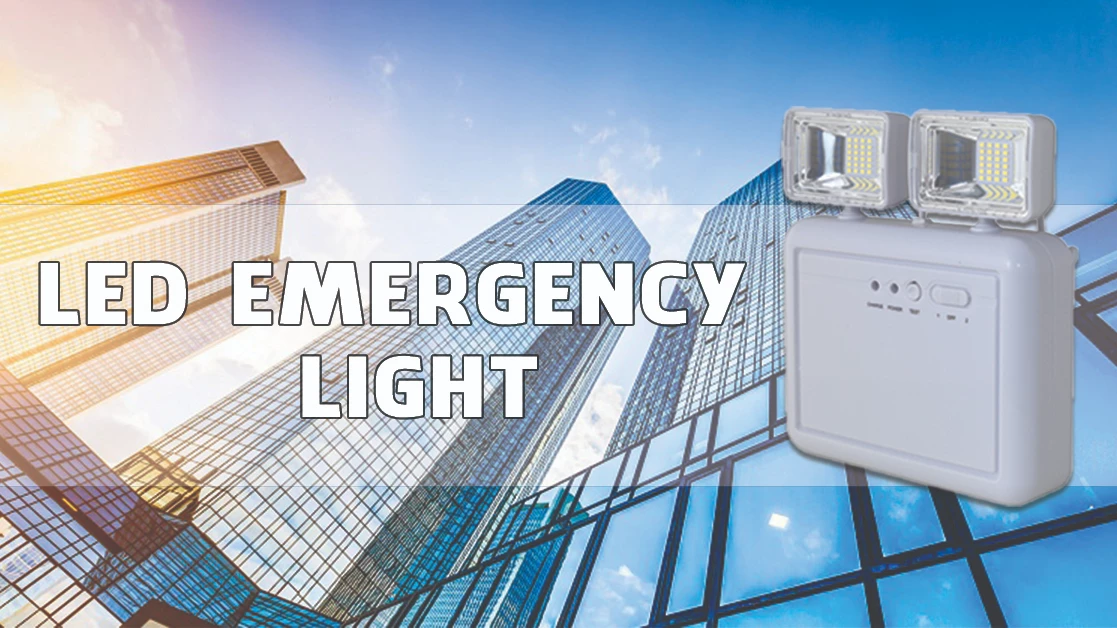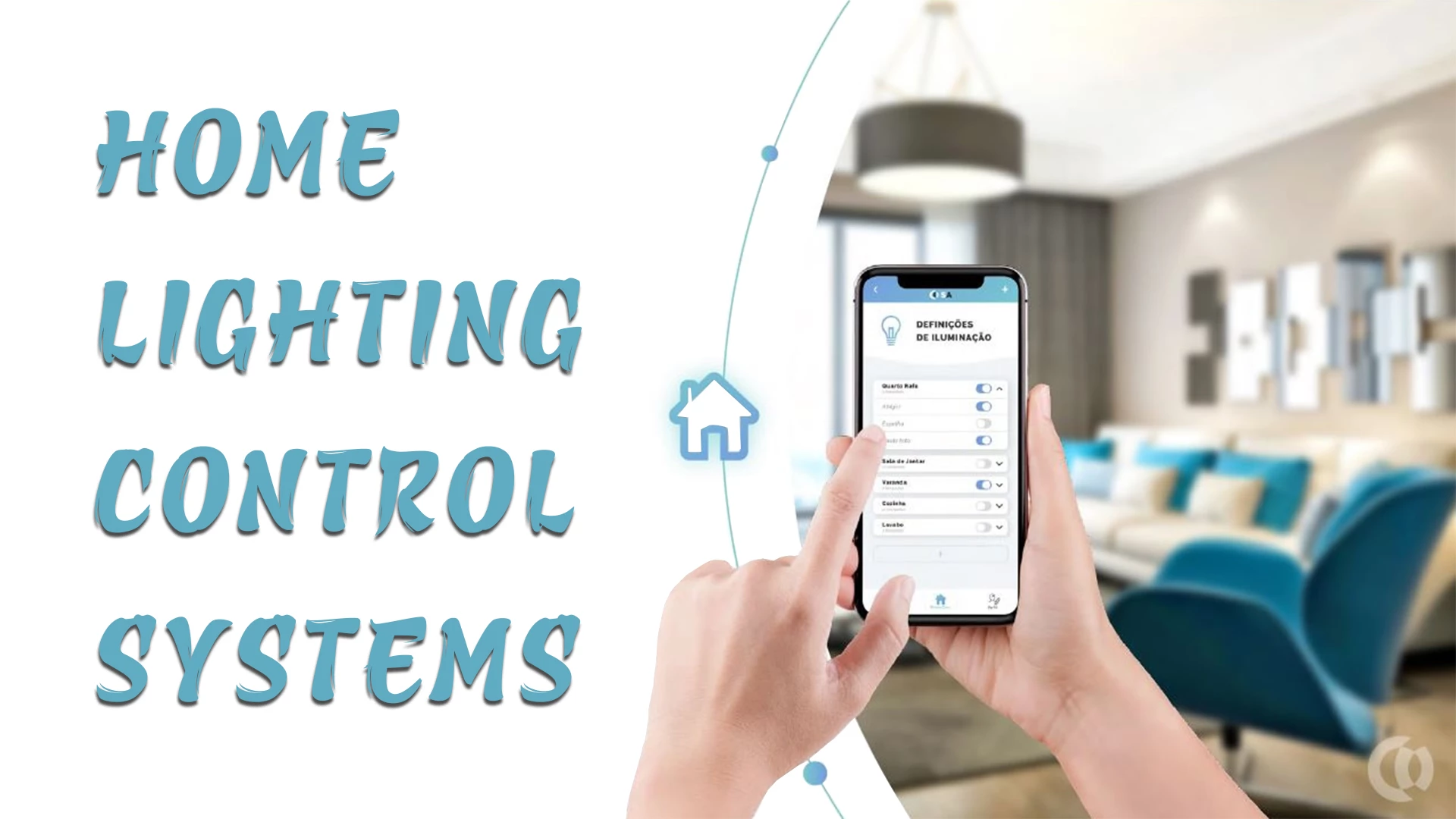
LED vs OLED: What to choose?
LED vs OLED has in recent years emerged as a topic widely discussed by scientists and users. Although both the light sources are energy-efficient and have high lighting performance, for a number of reasons LED remains the top choice.
What is LED?
An LED is short for Light-Emitting Diode, which is a semiconductor light source that produces light when current flows through it. Initially, LEDs were used as indicator lights, but by now, various types of lighting products have been using this technology. LED lights are gradually replacing conventional incandescent lamps and fluorescent lamps that consume more energy.
Initially, people used LEDs as indicator lights.
What is OLED?
OLED is short for Organic Light-Emitting Diode, a more innovative type of light source that opens a new era for the lighting industry. The technology of OLED, and also of LED, is SSL, which stands for Solid-State Lighting.
OLED comprises organic materials (carbon based) made into a thin layer and placed between two electrodes. These materials are environmentally friendly and can easily be recycled.
The technology is more popular for digital displays thanks to its flat surface.
Advantages and drawbacks
Needless to say, LED and OLED both bring us many advantages. They are free of Ultraviolet (UV) and Infrared radiation (IR), and contain no mercury, which is a solid proof for the safe sources of artificial light. However, broken LEDs must be thrown into the trash can reserved for electric and electronic devices, while OLEDs can go straight to the recycling bin.
LED and OLED are both safe for human health.
Like LED, OLED can be any color, either it’s candle light or blue sky light, or even sunlight (5000K-6000K). In fact, this light source is the closest to natural sunlight. The OLED panels can also be color-tunable. The light produced by OLED is softer, with high uniformity and does not have any shadows.
One more advantage of these two light sources is that their CRI is high. OLED can reach 90 Ra or higher. For this LED vs. OLED story, OLED prevails.
Low dissipation is another thing worth mentioning. The heat generated by OLED is very little, even below LEDs. In other words, diffusers and heat sinks are no longer needed if you choose OLED lighting products.
Moreover, OLED has an outstanding characteristic that beats all other types of light sources: flexibility. The OLED panels are ultrathin and flexible so that they can be suitable for most shapes as desired. OLEDs can be placed across the rough wall or any surfaces possible.
OLED panels are ultrathin and flexible.
One of the drawbacks of OLED in the competition against LED is that the illuminated area will not be as bright as it is when using LED lighting products. Hence, a kitchen will need twice as many lights using OLED if you consider replacing the existing LED products. Moreover, as it is made from organic materials, OLED lifetime is shorter than that of LED.
In addition, its endurance to the environment (humidity, chemical substances) is low, thus more money is needed for conservation, especially in tropical areas.
Afterword
Of course, when talking about LED vs. OLED, OLEDs have many potentials and it might take years of research and development to make these more affordable and broadly available. The potential customers for this niche market are big enterprises that are willing to be bold and have sufficient financial resources to invest due to high manufacturing cost, and it requires the most advanced technology to produce OLED products.
So for now, sticking to LED lighting products seems to be the best for both commercial and industrial purposes.
Should you have any questions, wish to share your ideas of lighting or request a quotation, please send us an email to export@rangdong.com.vn.
Our website: https://en.rangdong.com.vn/









